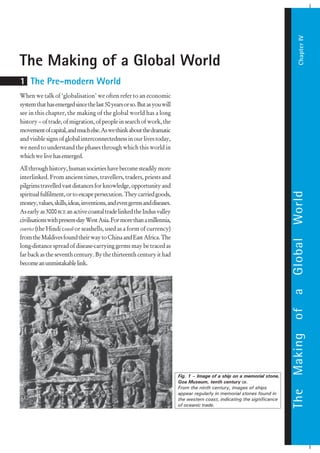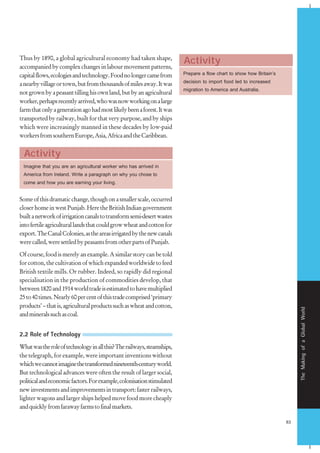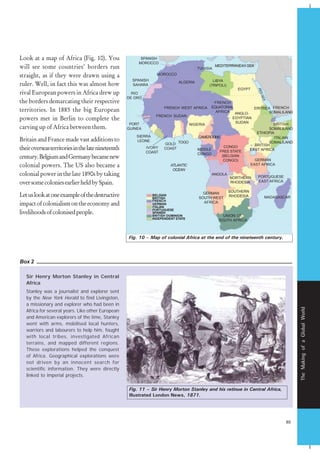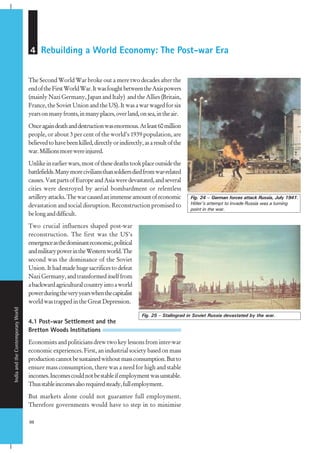The chapter discusses the historical development of globalization, emphasizing how trade, migration, and cultural exchange have interconnected societies throughout history. It highlights key examples such as the Silk Routes and the introduction of new food crops, alongside the significant impact of European exploration and colonization from the 16th century onward, which transformed global trade dynamics. Furthermore, it examines the 19th-century expansion of trade and labor flows, the emergence of a global economy, and the technological advancements that facilitated these changes, while also noting the darker implications of colonialism.

























